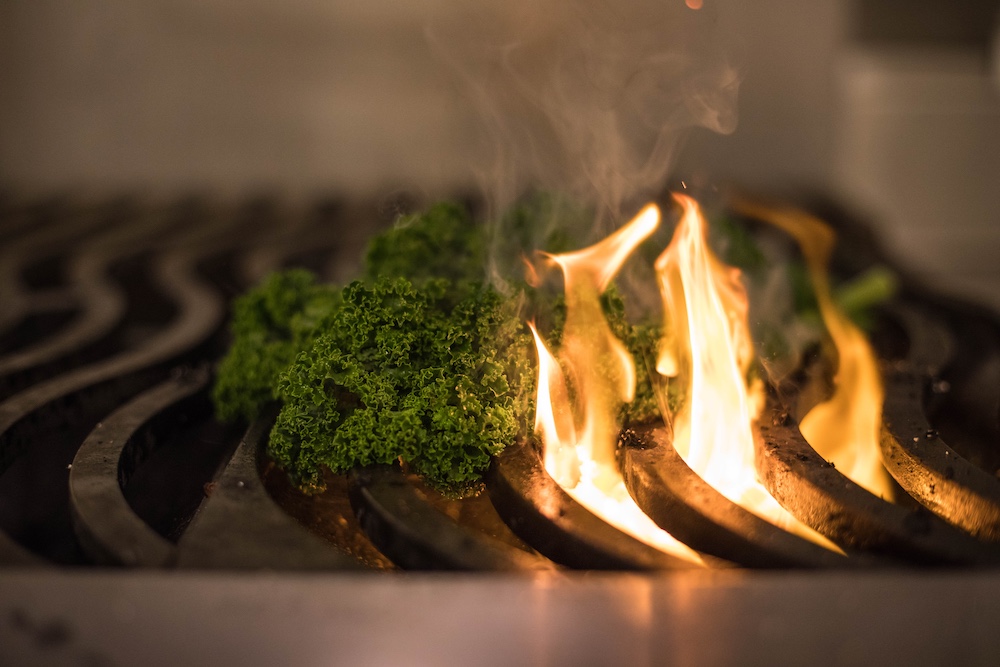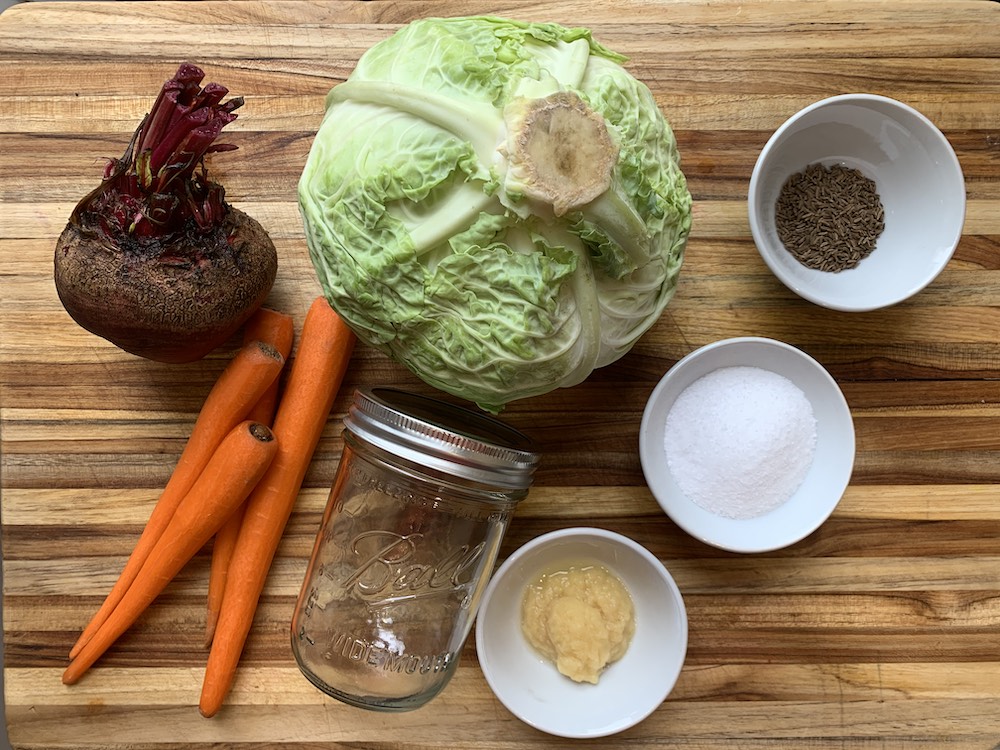Among the parade of food-forward holidays that begins each year at the end of October, New Year’s Day often gets the short end of the stick concerning culinary centerpieces and specialty dishes. After the Thanksgiving turkey, fried Hanukkah smorgasbord, Christmas roast (or bûche de Noël), and New Year’s Eve canapés have had their time to shine, many New Year’s Day foods are rooted in traditions or superstitions involving health, wealth, prosperity or luck.
Never has there been a new year more in need of those attributes. Here are varied chef tips and recipes for preparing things you should be eating on New Year’s Day to set the tone for 2021.
Black-Eyed Peas
Black-eyed peas aren’t peas at all — they’re legumes — and are perhaps the best-known food linked to January 1. The tradition that the southern U.S. staple crop represents good fortune is linked to the emancipation of slaves, which was made official on January 1, 1863. As one of a few foods widely available to enslaved workers, black-eyed peas were likely eaten during celebrations of the day. Chef Alex Harris, culinary director of ICE alum Kerry Brodie's (Culinary, ’17) restaurant and training kitchen Emma’s Torch, offers the following advice on preparing a classic version of the stew:
“I definitely think a good soak is important,” Chef Alex says. “The skins can be challenging in that it’s a pronounced skin — that’s the black eye in the pea.” (Note: Get started a couple of days ahead to enjoy on New Year’s Day.) “In terms of a classic preparation, I really like to go heavy on the savory: a lot of herbs, a lot of thyme, pale yellow celery leaf and bay leaf.” And as a bonus, contemporary approach to a classic dish, Chef Alex suggests to “confit onion and garlic, purée that for a nice flavorful paste, and add that to the cooked peas to thicken and to give it a lot more flavor.”
Greens
Greens have several fortunate associations with beginning a new year. The color green is associated with wealth, and so in many cultures, greens categorically have this simple superstition tied to their consumption on New Year’s Day. Collard greens specifically would have also been a featured food during the emancipation celebration of 1863, and along with black-eyed peas, are often prepared with pork, yet another item on this list, making an entirely southern-inspired meal a solid, fortune-encouraging bet.
Finally as a healthy cooking choice, greens of all kinds are just a good idea for a fresh start on January 1 following the typical indulgence of the holiday season. In need of green-spiration? Check out ICE alumni Jenny Dorsey's (Culinary, '12) recipe for hot lettuce and Joy Cho's (Culinary, '19) recipe for perilla leaves.

Pork
The idiom “high on the hog” refers to wealth with pork, especially the cuts further up the animal, something that could typically only be enjoyed by the wealthy in some cultures. Pork is relatively affordable no matter the cut today, but it’s in the spirit of abundance that pork is enjoyed on New Year’s Day to stoke the good fortune. Additionally, pigs are thought to be lucky animals because of the way a pig explores his environment: by putting snout to the ground and moving forward. (A metaphor we could all take a note from.)
You could easily just fry up some bacon or sausage for a New Year’s Day brunch and call it even, or take a tip from Dmitry Karpunin, corporate chef at Lazard, on preparing a “higher,” elegant pork tenderloin in the spirit of wealth:
“Doing tenderloin, you kind of want to get it on the marinade for a couple of days to infuse it with flavor, since it can be unexciting,” Chef Dmitry says. “If you don’t want to spend the time marinating, you can come up with a nice dry rub and just let it sit with the dry rub on for a couple of hours or so. You can use anything from darker spices like ancho chilies, paprika and cayenne, to lighter spices like cumin and fennel.”
“And don’t be afraid to cook pork to medium,” says Chef Dmitry, “especially if you can get a farm-raised cut. If it’s raised right and from a reliable source, you can bring it up to 140 to 145 all the way on the stovetop just seared off on all sides.”
If you’d simply like to go whole-hog on preparing a southern-style feast to combine as many of the New Year’s Day good luck foods as possible, check out ICE Chef Chris Scott’s recipe for Carolina-style pork barbecue.
Cabbage
Cabbage is another easy companion to go with any of the above on New Year’s Day. In many Eastern European traditions, cabbage or cabbage rolls are consumed for the occasion. In addition to having a particularly fortunate property — cabbage is thought to resemble paper money — “cabbage” is even English slang for cash. When cabbage harvested in the fall is allowed to ferment, it comes into peak ripeness around the new year, ideal timing to break into a new batch of pickled cabbage or sauerkraut — an easy project for a holiday weekend.
To experience this for yourself, check out Director of Culinary Research and Development Chef Barry Tonkinson’s guide to fermenting your own sauerkraut.

Fish
In Scandinavian cultures, certain fish, especially herring, are considered good luck for their silver skin. Fish is also an important economic factor in coastal countries, so eating fish on New Year’s Day is thought to encourage a good catch in the future season.
Preserved or pickled fish would be a fine addition to any New Year’s Day brunch, and if you’re game to cook and present a whole fish to really capitalize on its prosperous qualities, Executive Sous Chef Tish Deonarain, of NYC’s The Modern, offers the following suggestions:
“Firstly, check for freshness in the eyes, gills, flesh and smell,” Chef Tish says. After double-checking for any lingering scales, “pat it dry, and apply a layer of high-heat oil on the skin,” to ensure a crisp, crackling outcome. “Whole fish should be treated like any protein,” she says. “Let it rest for at least 10 minutes before carving.”
Register for a virtual seafood class with ICE.
Noodles
Just as color plays a role in the superstitious qualities of certain foods, so does shape. In many Asian cuisines, long noodles are synonymous with long life and prosperity, and New Year’s Day is one such occasion when enjoying them for that reason is customary.
Long noodles come in many varieties and appear in many dishes such as pad Thai, pancit canton and pho, recipes and techniques recently shared by Chef-Instructor King Phojanakong, as well as soba, ramen and many others. If all else fails, you can wager on long life Italian-style with a simple spaghetti.
Make this the year for your culinary career with hands-on training at ICE.






